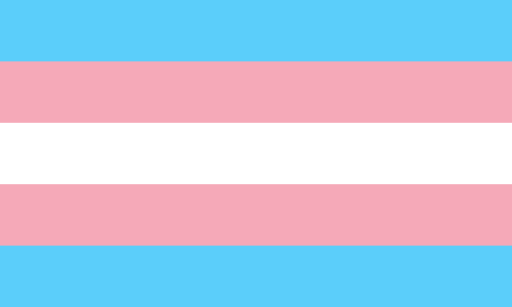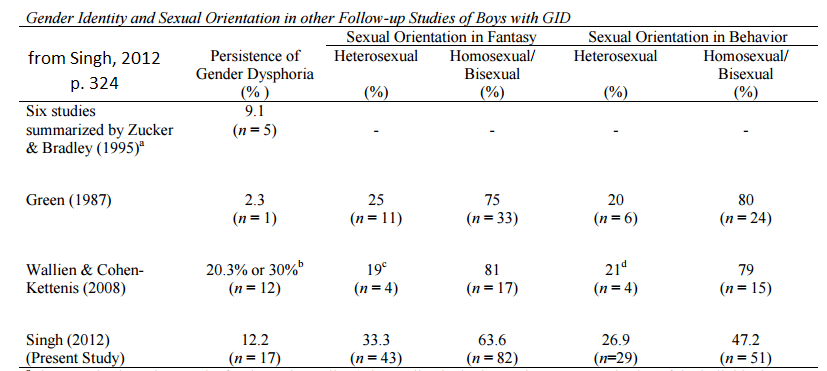 This week the Council on Biblical Manhood and Womanhood released a series of affirmations and denials regarding human sexuality and gender. Titled the Nashville Statement, the document was signed by a group of conservative theologians, professors, and pastors. The statement trended on Twitter and has led to numerous blog posts and news articles. In this post, I will link to three of them and then provide a few reactions to aspects of the statement. If you haven’t read the statement, you should do so before reading the rest of the post.
This week the Council on Biblical Manhood and Womanhood released a series of affirmations and denials regarding human sexuality and gender. Titled the Nashville Statement, the document was signed by a group of conservative theologians, professors, and pastors. The statement trended on Twitter and has led to numerous blog posts and news articles. In this post, I will link to three of them and then provide a few reactions to aspects of the statement. If you haven’t read the statement, you should do so before reading the rest of the post.
The Statement Gets Ahead of Science
Mark Yarhouse, my partner in the development of the sexual identity framework, weighed in and asserted that the dogmatic assertions in the statement are far ahead of the data on gender dysphoria. Here is a sample from his post, On the Nashville Statement:
When I wrote Understanding Gender Dysphoria, which was published in 2015, I noted that transgender presentations were a wave that was going to crest on evangelicals and that the church was not prepared for it. I noted that we needed to think deeply and well about gender identity and to engage with some humility what we know and do not know from the best of science, as well as learn from mistakes made in how evangelicals engaged the topic of sexual identity and especially how evangelicals treated the actual people who were navigating sexual identity and faith. I was suggesting we could learn from that experience and make some adjustments as we encounter the topic of gender identity.
I’m afraid the Nashville Statement, perhaps out of a desire to establish the parameters for orthodoxy on gender identity concerns, gets ahead of evangelicals because it doesn’t reflect the careful, nuanced reflection needed to guide Christians toward critical engagement of gender theory, while also aiding in the development of more flexible postures needed in pastoral care.
An Unhelpful Exclusive Statement
Historian Chris Gehrz had a somewhat stronger post at the Pietist Schoolman. He writes for those who feel in the middle on GLBT issues. Here is a sample:
But then the Nashville Statement doesn’t allow for the possibility of Christians disagreeing on such issues. I’m sure anyone paying any attention already knew what these authors and signers thought about sexuality and gender identity. If that’s all it addressed, I’d just try to ignore the statement. But then there’s Article 10…
We affirm that it is sinful to approve of homosexual immorality or transgenderism and that such approval constitutes an essential departure from Christian faithfulness and witness.
We deny that the approval of homosexual immorality or transgenderism is a matter of moral indifference about which otherwise faithful Christians should agree to disagree.
Wait, so… Is salvation at stake for queer Christians and their supporters? Is there to be any continuing communion or collaboration with those who have departed “from Christian faithfulness”? And are those of us who do think it’s possible to agree to disagree also making such a “departure”?
Gehrz also sees the statement as a Trump-like expression which trolls the gay affirming crowd and affirms those who oppose gay rights.
Nor that the authors have chosen to condemn “transgenderism” just days after Pres. Trump began to implement a ban on transgender persons serving in the military, only feeding the perception that whatever daylight separates Trumpism and evangelicalism is vanishing. (After all, that ban was reportedly discussed with Trump’s much-maligned evangelical advisers before he first tweeted his intentions last month.)
The Nashville Statement strikes me as theology for the Age of Trump because it’s being thrust into social media for little purpose other than to energize allies and troll enemies — distracting our attention from more pressing problems in order to demonize minorities whose existence causes anxiety among the many in the majority.
All Words and No Words-Made-Flesh
Although opposed to the statement, Jonathan Merritt doesn’t think it will have much effect. Writing at Religion News Service, Merritt says:
When it comes to issues of sexuality and gender, a statement like this is unlikely to move the needle with those who aren’t already in agreement. It is all head and no heart. It speaks to your mind but fails to look you in the eyes. It is intellectual, but not pastoral. It dialogues about people, rather than with them. It acknowledges the theology of these issues but never the humanity. It is all words and no word-made-flesh.
So progressives who hope for change should take a deep breath and stay the course. Keep comforting your friends. Keep making space for those whom others refuse to welcome. Keep loving your neighbors, and don’t forget that these signers are your neighbors, too.
Like so many before it, this statement won’t change anything. But if you keep leading with love, you can change everything. Proclamations don’t shape history; people do.
Bad Timing
Generally, I think the timing of the statement was poor. In the midst of an epic natural disaster and the national conversation on racism, a document which singles out a minority doesn’t seem wise. I suppose the reaction would have been negative at any time, but I think some of the intense negative reaction relates to increased awareness of the document this week.
Some Additional Reactions
While I don’t have reactions to all 14 articles, I will provide a few additional thoughts.
I was intrigued by the inclusion of Article VI:
WE AFFIRM that those born with a physical disorder of sex development are created in the image of God and have dignity and worth equal to all other image-bearers. They are acknowledged by our Lord Jesus in his words about “eunuchs who were born that way from their mother’s womb.” With all others they are welcome as faithful followers of Jesus Christ and should embrace their biological sex insofar as it may be known.
WE DENY that ambiguities related to a person’s biological sex render one incapable of living a fruitful life in joyful obedience to Christ.
I see it as a plus that the statement recognizes disorders of sex development (once commonly referred to as “intersex” conditions). However, I think the statement could have gone further to wrestle with the implications of what Jesus said as recorded in Matthew 19: 11-12.
11 Jesus replied, “Not everyone can accept this word, but only those to whom it has been given. 12 For there are eunuchs who were born that way, and there are eunuchs who have been made eunuchs by others—and there are those who choose to live like eunuchs for the sake of the kingdom of heaven. The one who can accept this should accept it.”
I realize I am a layman but this sounds like a recognition that the rules are different for some people. Not everybody is going to get married and not everyone has the requisite interests for heterosexual marriage. Jesus said so without condemning them. Some scholars have amassed linguistic evidence which suggests a eunuch could include persons who do not have inclination for opposite sex relations, such as gays and lesbians.
Practically, the Nashville signers don’t give us a clue how people Jesus referred to here can “embrace their biological sex.” Referring to GLBT people, I don’t know what that means. The Nashville statement certainly goes beyond Jesus’ words in Matthew 19. Given that the teaching from Jesus is pretty slim on this point and the Nashville Statement is vague in guiding “eunuchs,” I strongly disagree with the Nashville Statement’s Article 10 which states:
WE AFFIRM that it is sinful to approve of homosexual immorality or transgenderism and that such approval constitutes an essential departure from Christian faithfulness and witness.
WE DENY that the approval of homosexual immorality or transgenderism is a matter of moral indifference about which otherwise faithful Christians should agree to disagree.
As Mark Yarhouse said in his post, this statement is way out in front of what we know for sure. I will add that for “eunuchs” however defined, the statement is vague and severely limits sincere differences of interpretation and opinion among people who are orthodox. On that basis alone, I think the CBMW should go back to the drawing board.
Along similar lines, I think Articles 4, 12, and 13 may be at odds with existing research on gender differences and sexual orientation. For instance, Articles 12 and 13 sound like a theological statement of religiously-based reparative therapy which does not work to eradicate (“put to death”) attraction to the same sex.
Article 4 speaks of “divinely ordained differences between men and women.” What are those differences? While there are real differences which show up in research studies, the list of them would differ significantly from church to church and denomination to denomination. The lack of clarity invites abuse and misunderstanding.
Finally, I think Jonathan Merritt is probably correct that the conflict will die down and the statement will become a short hand for those who signed it but accomplish little else.


